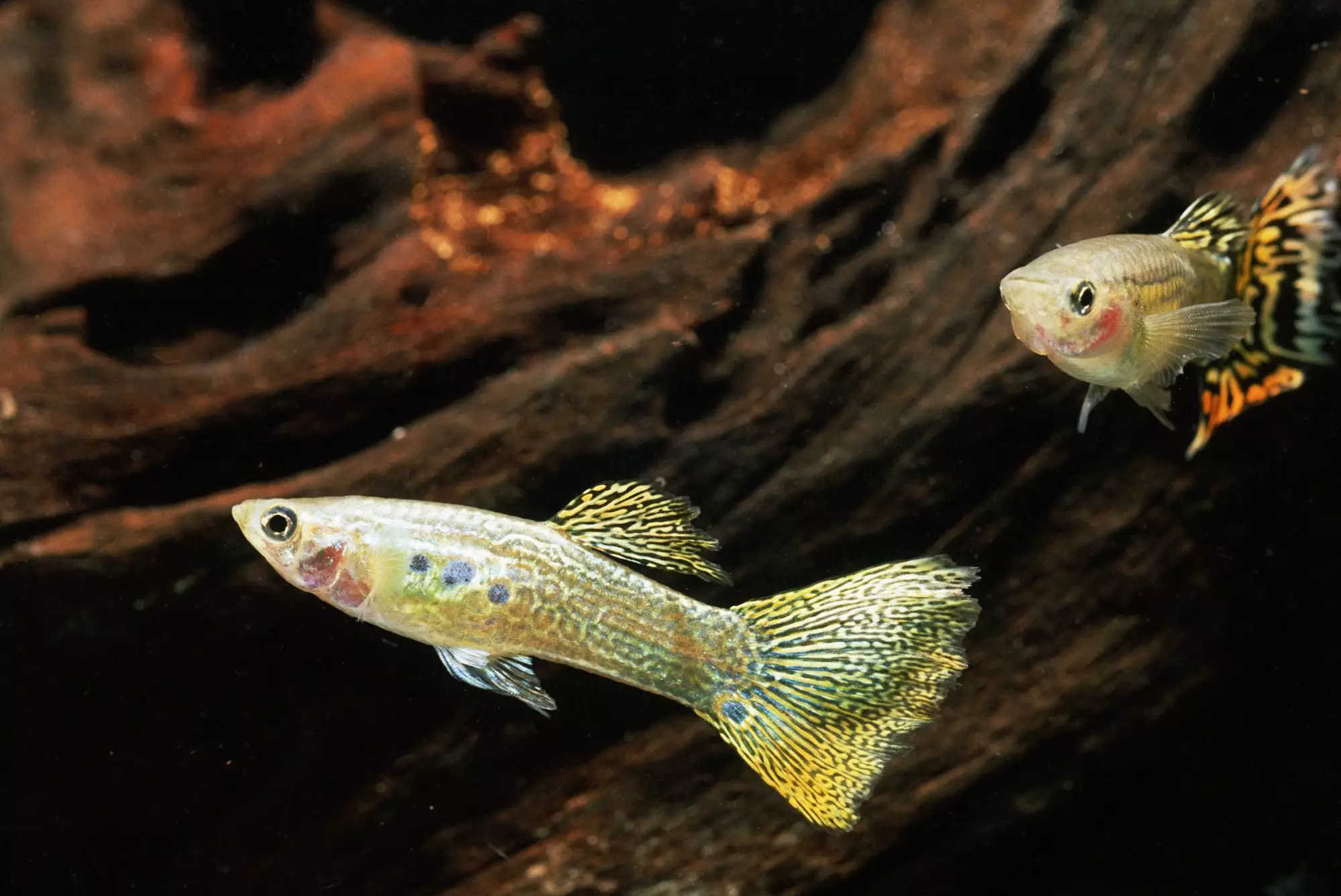Keeping an aquarium can be a rewarding and intricate hobby, particularly when considering the compatibility of water conditions with the species of fish you wish to house. One of the key factors that aquarium enthusiasts must address is water hardness, which refers to the concentration of dissolved minerals in the water. Understanding hard water can alleviate some of the stress associated with maintaining an aquarium, allowing for a more harmonious environment for both the fish and their caretakers.
Water hardness is primarily determined by the amounts of calcium, magnesium, and other minerals dissolved in the water. It can be quantified through two measurements: General Hardness (GH) and Carbonate Hardness (KH). GH assesses the total concentration of calcium and magnesium, while KH evaluates the carbonate and bicarbonate ions which help stabilize pH levels. Aquarium hobbyists often encounter these metrics presented in degrees of hardness (dH) or parts per million (ppm).
To break it down further, water is categorized based on its hardness. Soft water typically has a dH range of 0 to 6 (or 0 to 100 ppm), while hard water ranges from 6 to 25 dH (or 101 to 449 ppm) and anything above that is deemed very hard, often referred to as “liquid rock.” The implications of these measures on the aquarium’s ecosystem can be significant, influencing everything from the fish’s wellbeing to the stability of the tank’s pH.
One of the silver linings to the issue of water hardness is that many fish are surprisingly adaptable. Contrary to the notion that fish must always be kept in their native water conditions, many commercially bred fish have adapted to harder water environments. For instance, species that thrive in soft water, such as Discus, may actually be accustomed to a variety of conditions during their time in captivity. This flexibility means that hobbyists can keep certain fish without the constant stress of softening their water, as long as they are mindful of the specific needs of the species they select.
Fish that are inherently suited to harder water include popular livebearers, African cichlids, and brackish species like Mono and Archerfish. By choosing these species, aquarists can minimize the adjustments necessary when working with municipal water supplies. Additionally, the combination of local water parameters and commercially bred fish can create a less challenging aquarium setup.
When faced with hard water conditions, aquarium owners have several options to consider. If you find that your water hardness negatively impacts your fish, you might explore various methods of softening it—some of which are more conventional than others. Water-softening pillows, peat moss, and driftwood can all contribute to reducing hardness levels and creating a more suitable environment for soft-water species.
Alternatively, some aquarists choose to manipulate their water source entirely. Utilizing Reverse Osmosis (RO) water, blending tap with distilled water, or even capturing rainwater can provide naturally soft and acidic conditions. These changes, while quite effective, require careful monitoring to ensure that the integrity of the water chemistry remains intact.
Conversely, if conditions are too soft for your fish, there are methods to increase hardness. Adding crushed coral or oyster shells, limestone, or specialized buffer additives can effectively raise hardness levels as required. However, care must be taken to thoroughly clean any materials used to prevent unwanted contaminants.
Before investing in extensive adjustments to water conditions, it is prudent to check with local pet shops regarding the hardness and pH levels of their fish tanks. Many stores house fish purported to require soft water in conditions that may actually be harder due to the water in which they are bred. This revelation can be a game-changer for hobbyists lacking the time or resources to consistently outrun the complexities of hard or soft water conditions.
While hard water presents challenges, it does not need to be a formidable adversary in aquarium management. By understanding the requirements of your fish, utilizing adaptability, and applying practical solutions for water management, you can create a thriving aquarium environment. Ultimately, the joy of keeping fish comes not from battling with water parameters, but rather from fostering a lively and healthy aquatic ecosystem, making every effort worthwhile.

